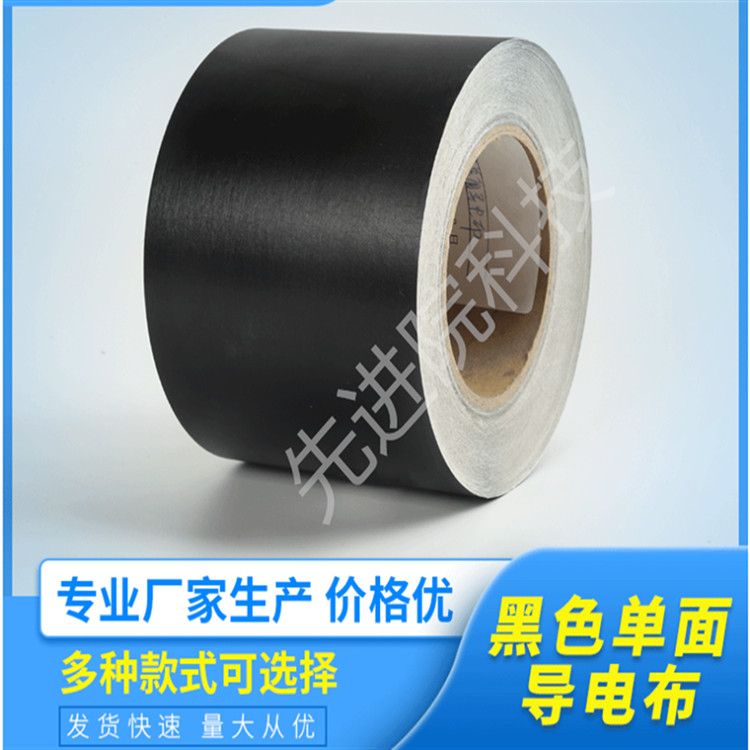Black conductive cloth is a common conductive material widely used in electronic products, sensors, and other high-tech fields. The characteristic of black conductive cloth is its high conductivity and anti-static performance, so it is widely used in electronic products.
One What is black conductive cloth?
The conductive principle of black conductive cloth is prepared using materials such as conductive fibers and resins. Conductive fiber is a material with high electrical resistivity and strong resistance to electromagnetic interference. It can be made into various shapes and sizes of fabrics through simple weaving or winding processes. Resin is a material with strong anti-static properties, which can be coated or wrapped into various shapes and sizes of resin on the surface of fabrics to improve their anti-static performance.
II What is the function of black conductive cloth?
1. Heat absorption. Due to the high specific heat capacity of metals, when the external temperature is higher than its temperature, it will emit heat energy to the surrounding area, thereby reducing its own temperature.
2. Reflected light. The metal surface is smooth and can reflect light, reducing light absorption.
3. Shielding effect. Metal has a strong shielding effect, which can prevent interference from electromagnetic waves.
4. Protective function. Metals have a certain degree of hardness and are not easily deformed, which can protect the internal structure.
5. Other uses. For example, by utilizing its thermal conductivity, it can be used for heating.

For example, black conductive cloth is widely used in electronic products, mainly including the following aspects:
Electronic product casing: Black conductive cloth can be made into various shapes and sizes of casings, such as phone casings, laptop casings, automotive components, etc. These shells can have high anti-static performance in electromagnetic interference and electrostatic interference environments.
Sensors: Black conductive cloth can be used to make sensors of various shapes and sizes, such as electronic components, sensors, etc. These sensors can be used to detect parameters such as temperature, pressure, humidity, gas, etc., providing real-time monitoring and control for electronic products.
Electronic product structure: Black conductive cloth can be made into various shapes and sizes of structures, such as circuit boards, motherboards, etc. These structures can be used in the manufacturing process of electronic products to improve their stability and reliability.
III What are the main characteristics of black conductive cloth?
Excellent conductivity. The resistivity of black conductive cloth is as high as 1015 Ω· m, which is nearly four times higher than the resistivity of copper wire (9.14 Ω· m). Therefore, wires and cables made of black conductive cloth have excellent electrical strength and moisture resistance, and can be used in various harsh environments. In addition, due to its high resistance value, it has a good suppression effect on AC current and can be used to manufacture motor windings. In addition, black conductive cloth also has high heat resistance and corrosion resistance, can work for a long time at high temperatures, and has good chemical stability, which can be used for chemical equipment or pipelines.
Black conductive cloth is widely used in electronic products, but there are also some drawbacks. For example, due to the high conductivity of black conductive cloth, its electrical resistivity is high, resulting in poor anti-static performance. In addition, black conductive cloth usually needs to be used in high temperature and humid environments, which is also a challenge for electronic products.
Overall, black conductive cloth is a widely used and high-performance material. Its application in electronic products can not only improve the stability and reliability of electronic products, but also enhance their anti-static performance. However, due to the high conductivity and anti-static properties of black conductive cloth in electronic products, some issues need to be noted during its application, such as the selection of conductive fibers, resin coatings, and winding processes.





